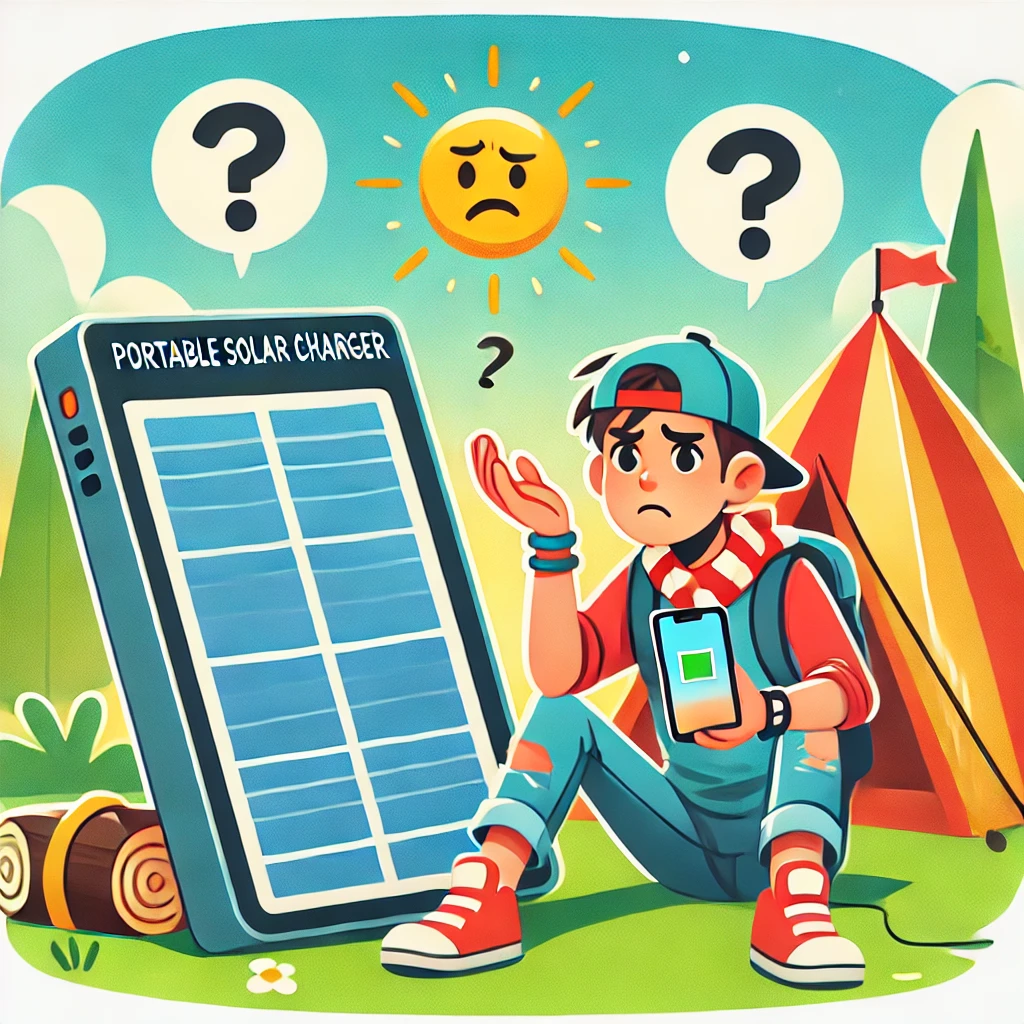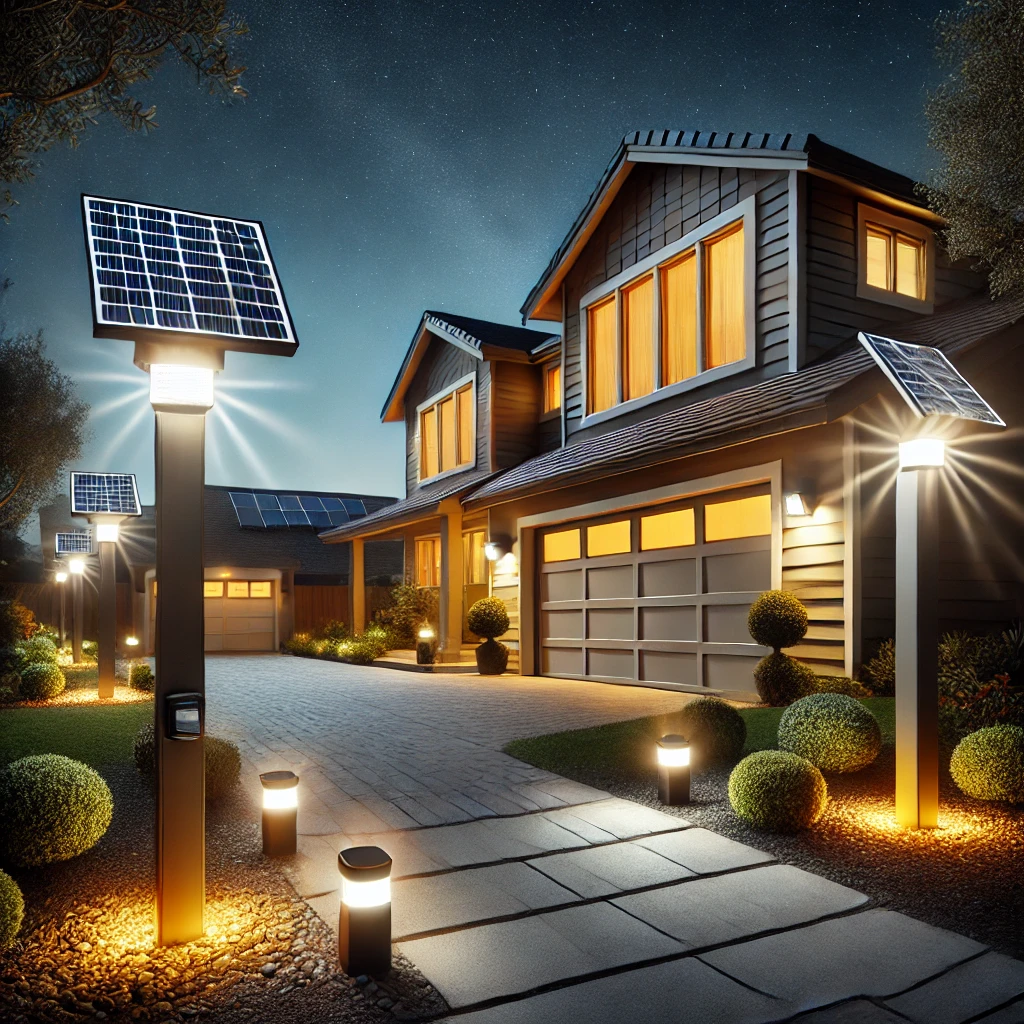Portable solar chargers are a lifesaver when you’re off the grid, whether you’re camping, hiking, or just need a backup power source during a power outage. However, it can be incredibly frustrating when your portable solar charger isn’t charging your devices or even storing energy. Don’t worry—we’re here to help! This guide covers common reasons why your portable solar charger might not be working and offers practical solutions to get it back in action.
How Do Portable Solar Chargers Work?
Before diving into troubleshooting, it’s helpful to understand how portable solar chargers function. These devices have solar panels that convert sunlight into electrical energy. This energy is then either stored in an internal battery or directly transferred to your electronic devices, like smartphones, tablets, or cameras.
While these chargers are designed for convenience, they aren’t always as simple as plug-and-play. A variety of factors can affect their performance.
Common Reasons Why Your Portable Solar Charger Isn’t Charging
1. Insufficient Sunlight Exposure
Issue: The most common reason a solar charger isn’t working is insufficient sunlight. Solar panels need direct, strong sunlight to generate power effectively.
Solution:
- Place your charger in direct sunlight without obstructions like trees, buildings, or clouds.
- Angle the panels to face the sun directly, adjusting throughout the day as the sun moves.
- Avoid trying to charge in shaded areas or through windows, as glass can reduce sunlight intensity.
2. Dirty or Damaged Solar Panels
Issue: Dirt, dust, or scratches on the solar panels can block sunlight and reduce efficiency.
Solution:
- Clean the panels regularly with a soft, damp cloth.
- Avoid using abrasive materials that could scratch the surface.
- Inspect the panels for visible cracks or damage. If damaged, the panels may need professional repair or replacement.
3. Faulty Cables or Connectors
Issue: Sometimes, the problem isn’t with the charger itself but with the USB cables or connectors you’re using.
Solution:
- Test the charger with different cables and devices to rule out a faulty connection.
- Inspect the USB ports for dirt or debris that might be blocking the connection.
- Ensure the connectors are securely plugged in and not loose or corroded.
4. Incompatible Devices
Issue: Not all devices are compatible with all solar chargers, especially those requiring high input voltage.
Solution:
- Check the output specifications of your charger and compare them with your device’s input requirements.
- Some high-powered devices may require a solar charger with a higher wattage.
5. Battery Issues
Issue: If your portable solar charger has an internal battery, the issue could lie there. Over time, batteries degrade and lose their ability to hold a charge.
Solution:
- Try charging the internal battery via USB from a wall outlet to check if the battery is the issue.
- If the battery doesn’t hold a charge, it may need replacement.
6. Overheating
Issue: Prolonged exposure to direct sunlight can cause the solar charger to overheat, triggering a safety mechanism that prevents charging.
Solution:
- Place the charger in direct sunlight, but keep the device you’re charging in a shaded area.
- Allow the charger to cool down before attempting to charge again.
7. Internal Circuit Malfunction
Issue: The charger’s internal circuitry may be malfunctioning, preventing the flow of electricity from the solar panels to the battery or devices.
Solution:
- If you suspect an internal issue, consult the manufacturer or a professional technician for repairs.
- Check if your charger is still under warranty for possible replacements.
How to Test If Your Portable Solar Charger Is Working
If you’re unsure whether your solar charger is functioning correctly, try these steps:
- Check Indicator Lights: Most portable solar chargers have LED indicators that light up when charging. If the lights don’t turn on, the charger isn’t receiving enough sunlight.
- Test with Multiple Devices: Try charging different devices to rule out compatibility issues.
- Use a USB Voltage Tester: This device measures the output from your solar charger, helping determine if it’s producing any energy.
- Charge a Power Bank First: Some solar chargers work better when charging a power bank before directly charging devices.
Tips to Improve Solar Charging Efficiency
- Position Correctly: Place your solar charger in a spot with maximum sunlight exposure.
- Keep It Cool: Avoid overheating by placing the charger on a cool surface or providing light shade.
- Use Efficient Panels: High-quality solar panels with better conversion efficiency will charge faster.
- Monitor Sunlight Conditions: Solar chargers perform best on clear, sunny days. Overcast or rainy conditions will significantly reduce charging efficiency.
When to Replace Your Portable Solar Charger
Sometimes, despite all troubleshooting efforts, a portable solar charger may no longer function correctly. Consider replacing your charger if:
- The solar panels are cracked or severely scratched.
- The charger doesn’t work even after testing with multiple devices and cables.
- The internal battery no longer holds a charge.
- It’s been in use for several years and performance has noticeably degraded.
Choosing a Reliable Portable Solar Charger
When selecting a new portable solar charger, keep these factors in mind:
- Wattage and Output: Choose a charger with sufficient wattage to power your devices.
- Build Quality: Look for durable, weather-resistant designs, especially for outdoor use.
- Portability: Opt for lightweight, foldable models for easy transport.
- Brand Reputation: Stick to reputable brands known for reliability, such as Anker, Goal Zero, or RAVPower.
Final Thoughts
A portable solar charger not charging can be a frustrating experience, especially when you’re relying on it during outdoor activities or emergencies. However, by understanding the common issues and applying simple troubleshooting steps, you can often resolve the problem quickly.
If your charger is still unresponsive after following these tips, it may be time to consider a replacement. Investing in a high-quality portable solar charger from a reputable brand will ensure you stay powered wherever you go.




